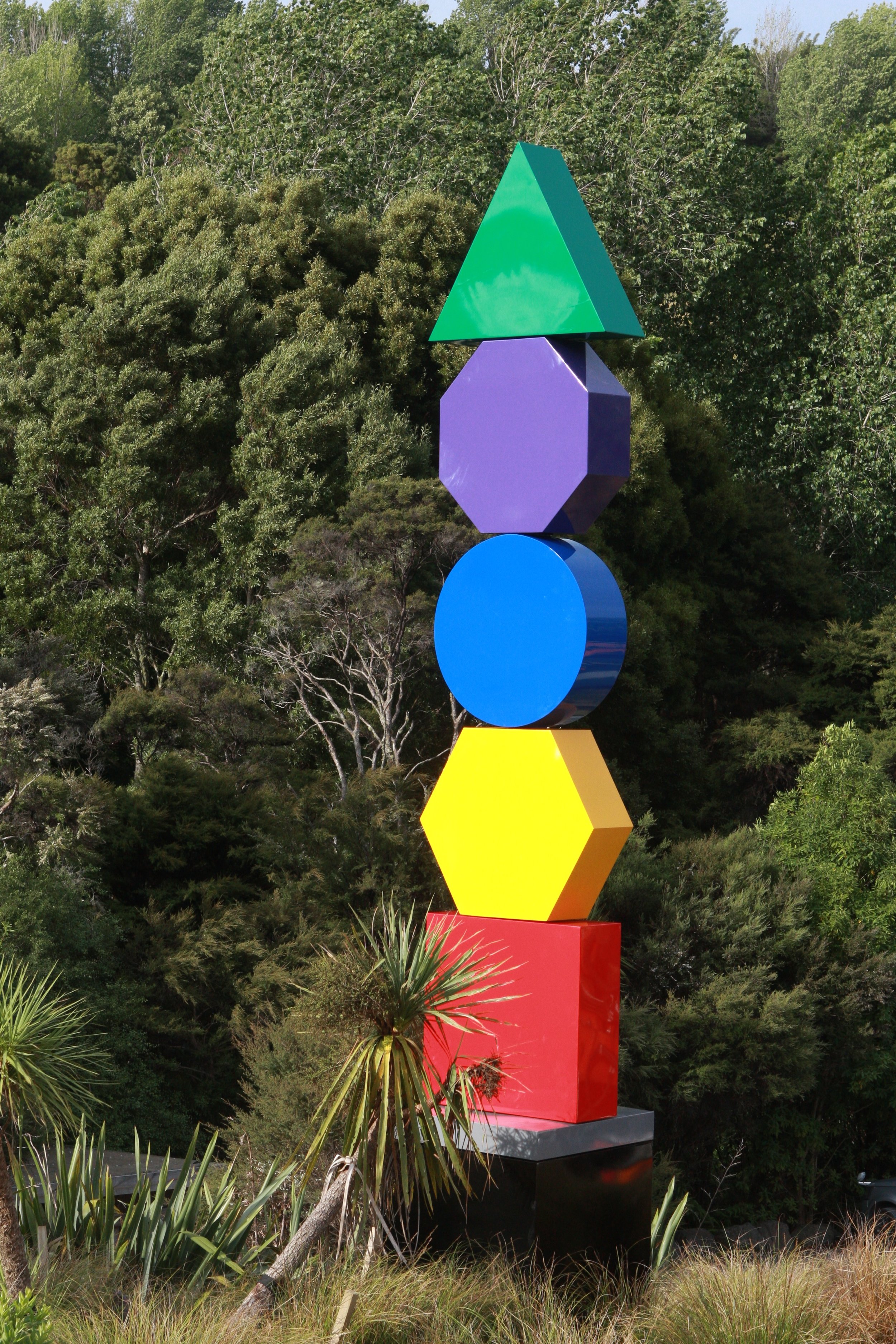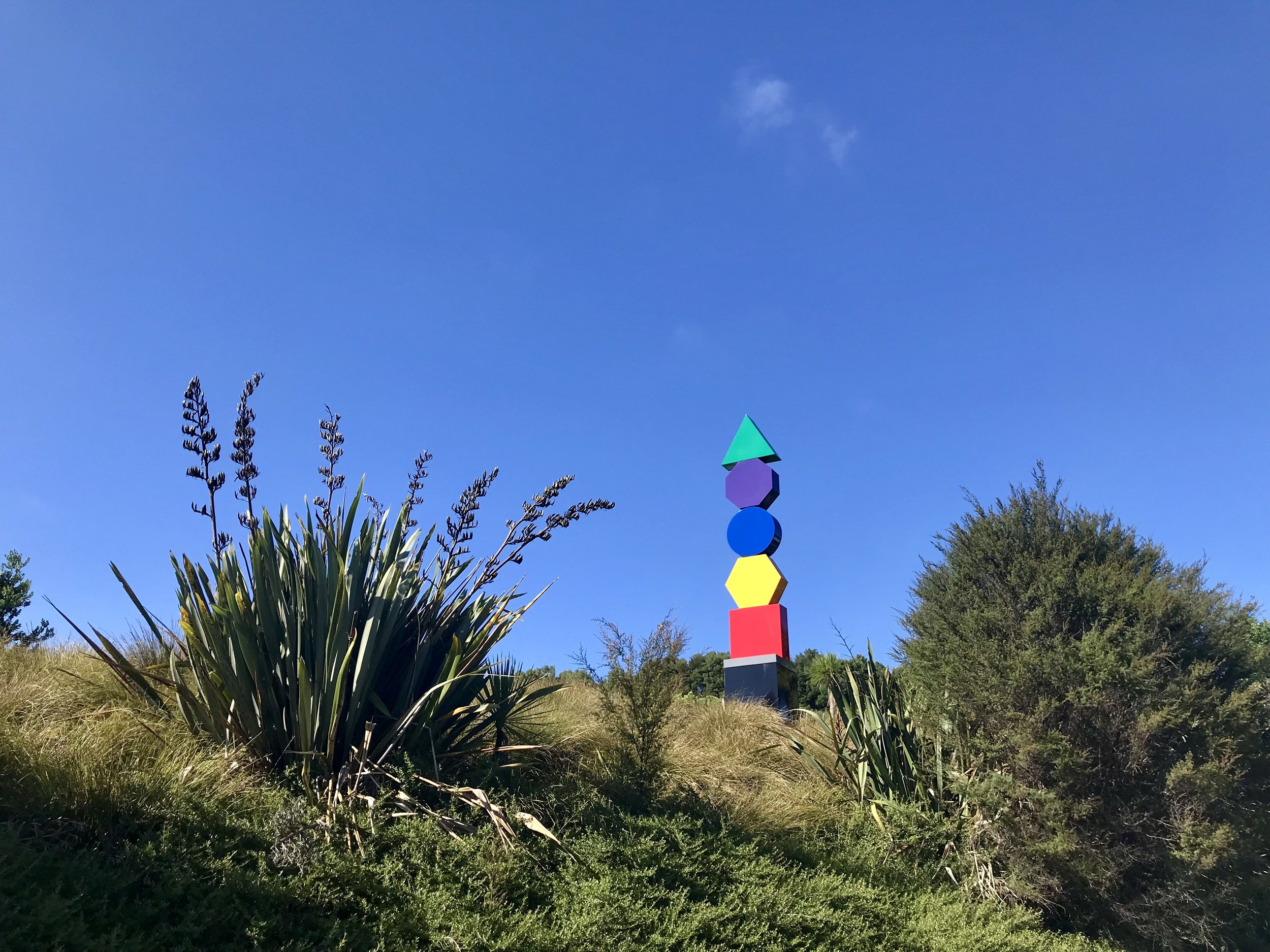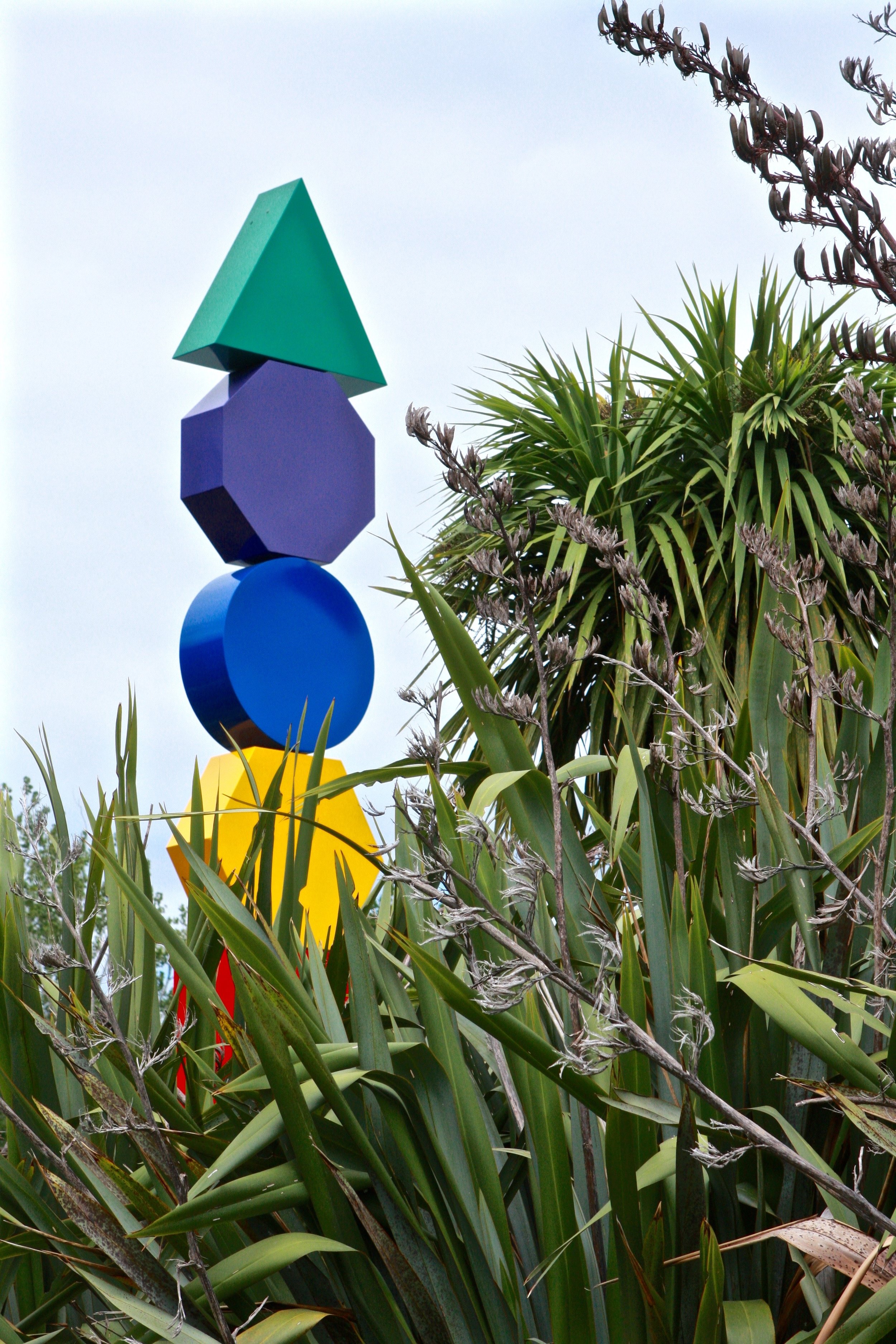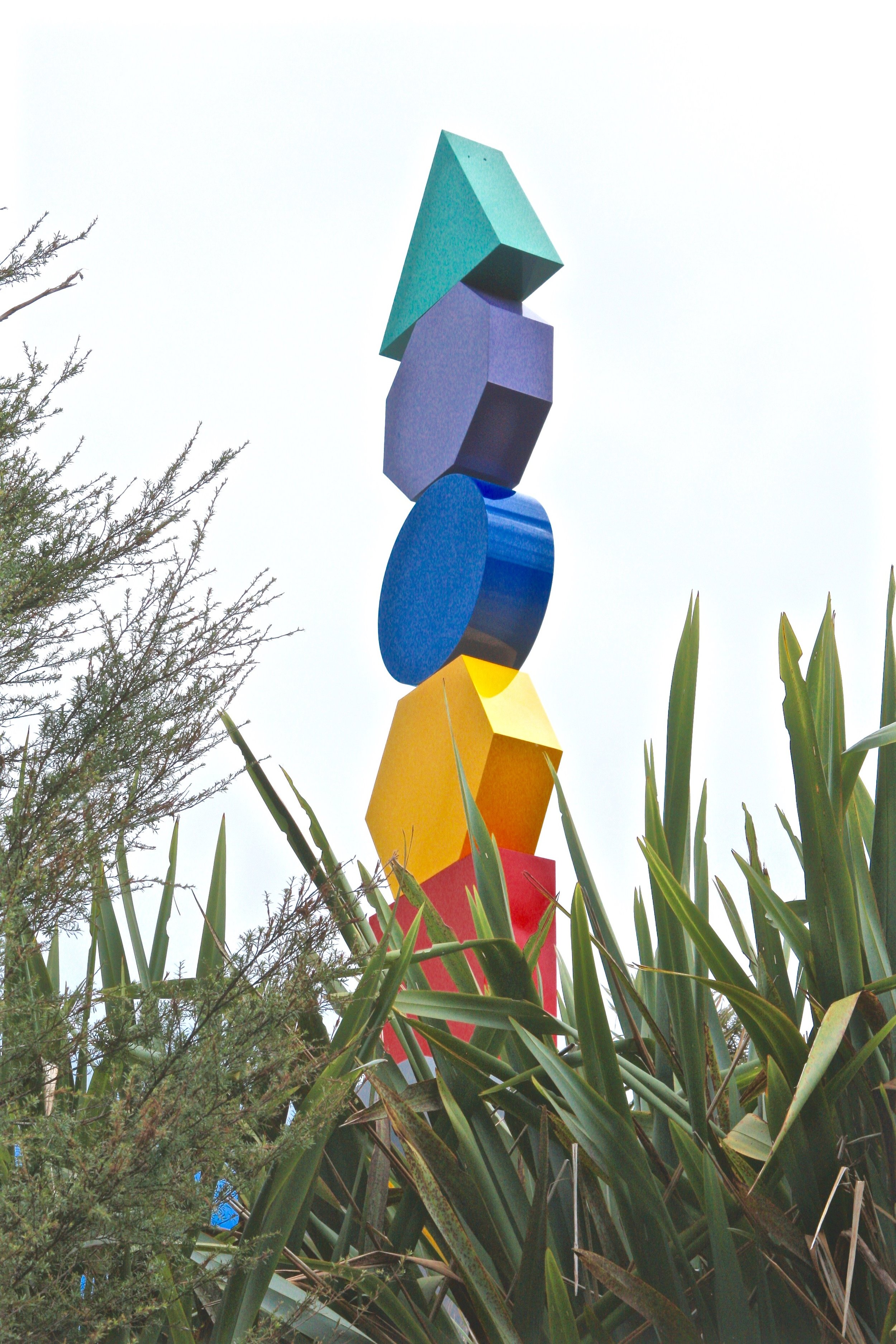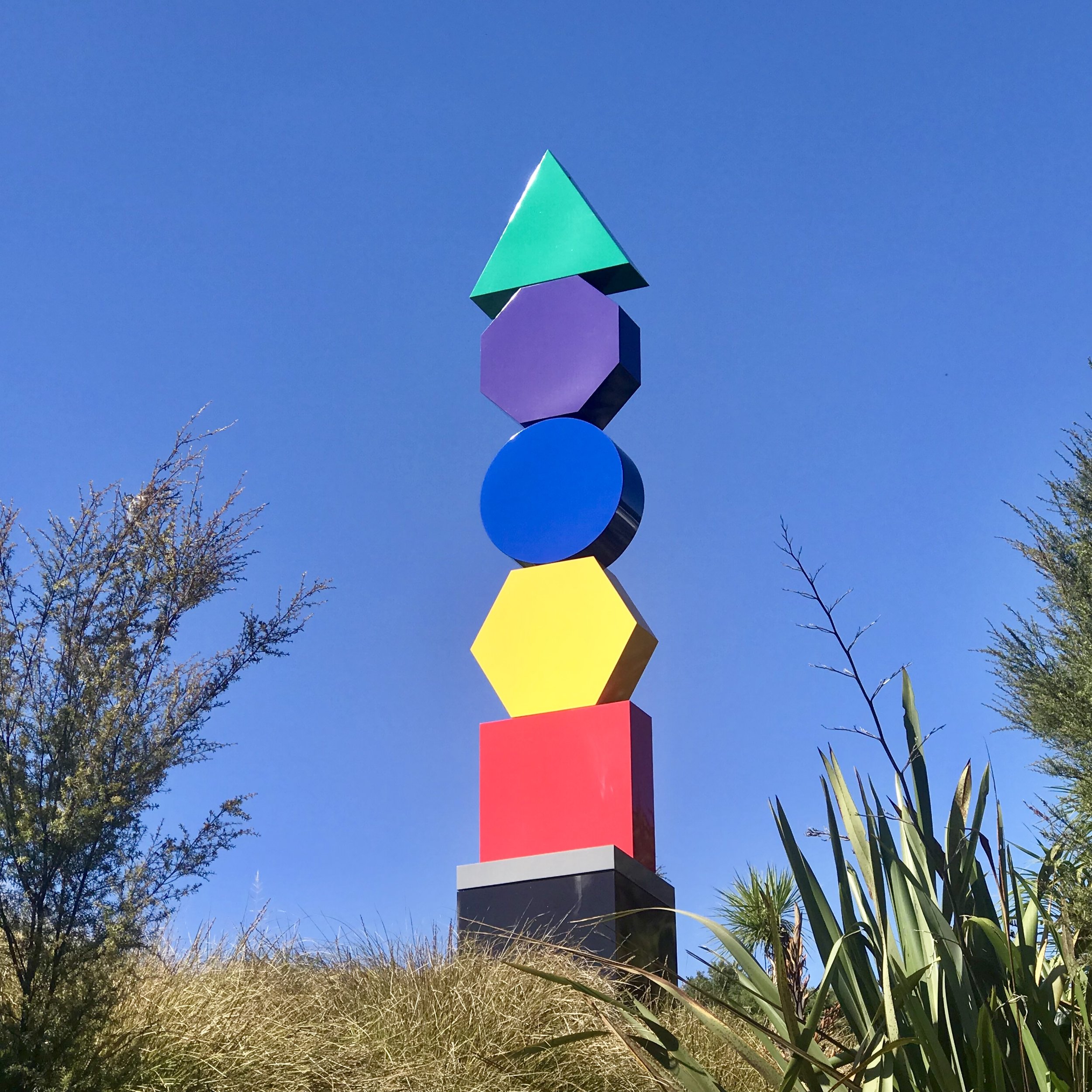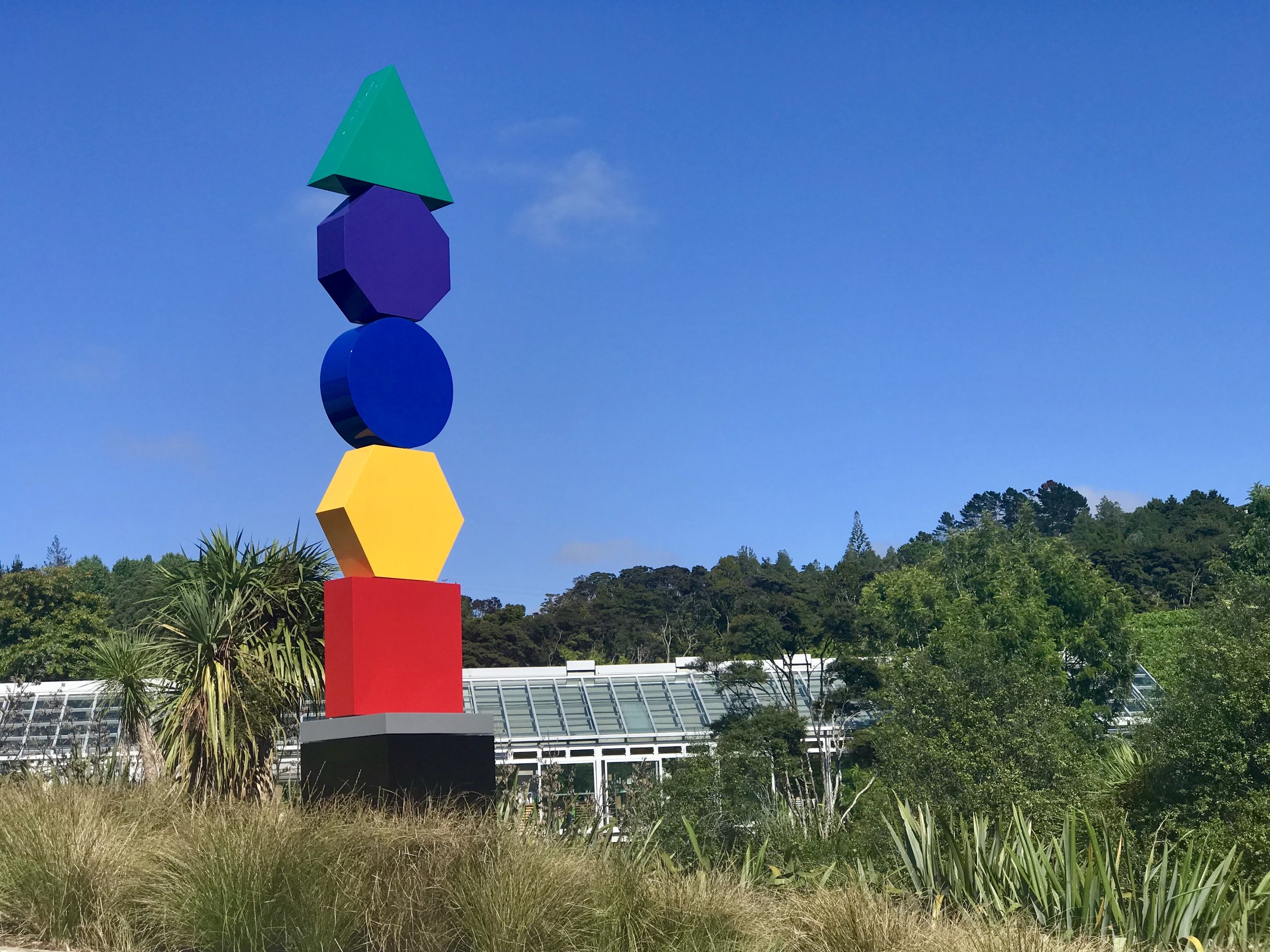Leon Van Den Eijkel
The Geometric Totem Pole, 2017
Steel, paint
6500 x 1000 x 1000mm
$90,000
Leon van den Eijkel created The Geometric Totem Pole in honour of his late father. Tapping into his fondest childhood memories, he remembers his beloved father telling a tale that he was an 'Indian elder' who met Buffalo Bill and a famous American cowboy called Tom Mix. It turned out to be true, as in real life he actually did meet Buffalo Bill in the 1930s at a touring western show in Europe and hence the title, The Geometric Totem Pole.
Van den Eijkel’s art practice was based firmly within the aesthetic language of pure geometric abstraction. The style dates back to both the De Stijl, Bauhaus and the avant-garde Suprematist movement. Here we have a homage to Walter Gropius, Gerrit Rietveld, Theo Van Doesburg, Kasimir Malevich and a bow to Piet Mondrian. The artist referenced the history of painting and described his work as ‘the staccato rhythms of colour in geometric forms’ and stated in 2017:
“Even the most exciting geometric forms need trained men to handle them. We should know that the Geometric Totem Pole is manipulated by a supreme spirit. The unseen controller (artist) offers intriguing insights into how he creates and controls the Universe. By using geometric forms to create fun, cool and restful colour schemes, instantly recognisable by adults and children alike.
It is accepted that those geometric forms often regarded as common are also successful within their environment. Therefore generally easy to install - a very important fact as we take stock of how best to utilise the space and climate. The modern 'architectural' look where geometric forms are incorporated into the environment, makes a strong statement. The distinctive nature of geometric forms means they are unique. Through geometric forms we celebrate the uniqueness of human technology.”
Over the last three decades van den Eijkel produced light boxes, sculptures, paintings and multimedia installations. Upon installing The Geometric Totem Pole at Brick Bay, van den Eijkel explained that the colours he chose represent the Dutch flag along with his first impressions of this country, lilac-tinged clouds and a verdant landscape. The modern, architectonic aesthetic where geometric forms are juxtaposed against the utopian New Zealand landscape makes a rigorous statement continuing van den Eijkel’s discourse between his Dutch homeland, art history and the South Pacific.


